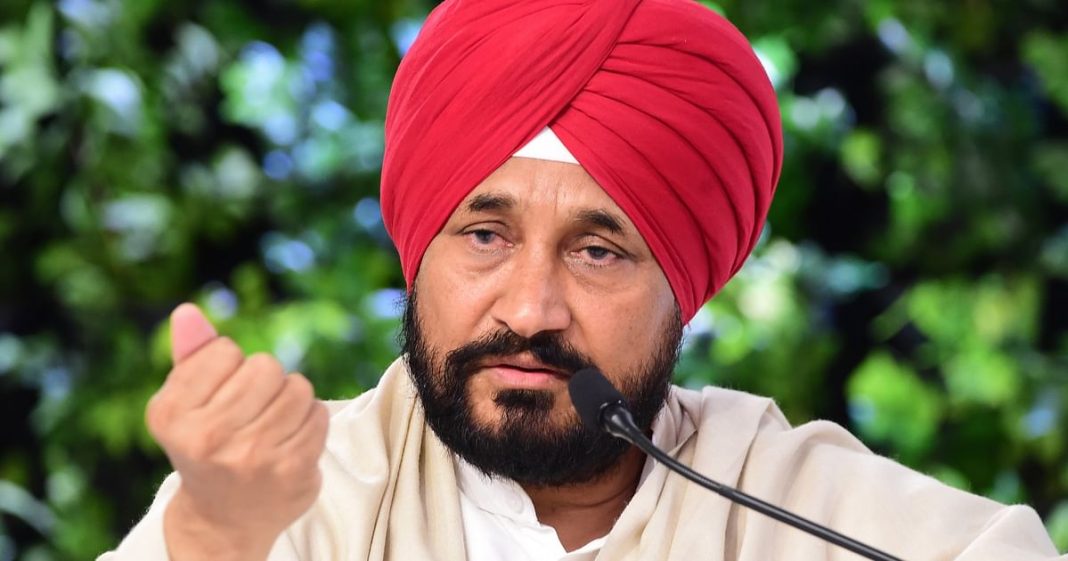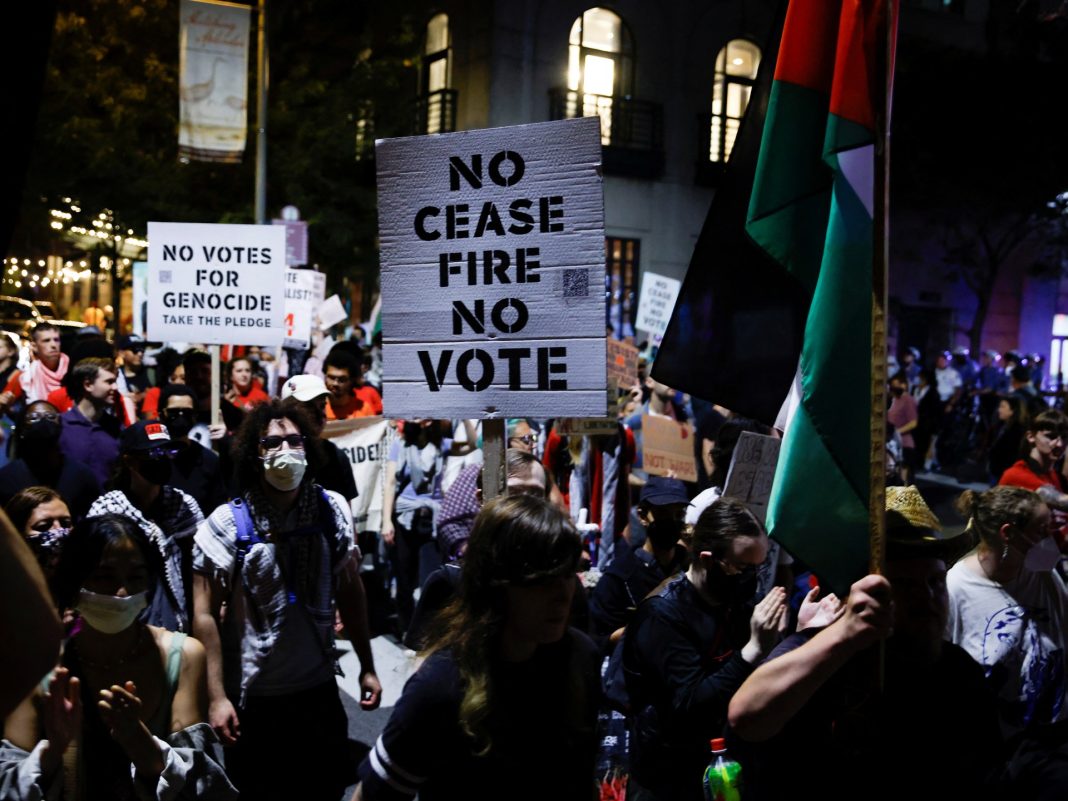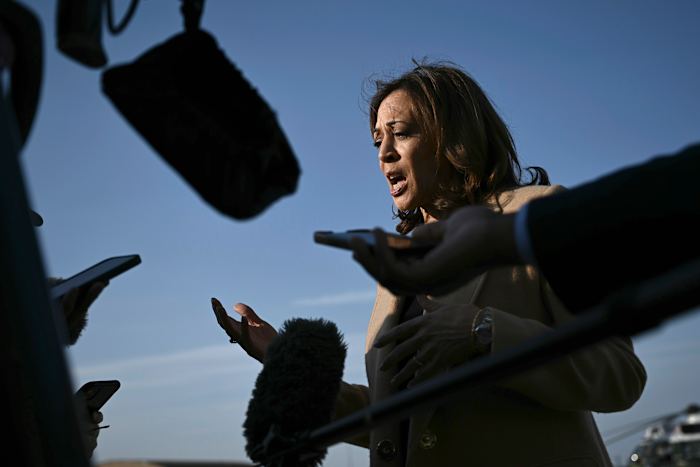Political Parties Court Dalit Voters: The Power of the Polling Booth
In the vibrant tapestry of Indian democracy, one thread stands out: the Dalit voter. As the nation gears up for the upcoming elections, political parties are ramping up their efforts to engage with this crucial demographic. With voter turnout often soaring between 50% to 75%, and Dalit voters making up a significant portion—between 25% to 40% of the total votes cast—it’s clear that this community holds the key to electoral success. So, what’s the buzz around Dalit voters, and why are they so pivotal in shaping the political landscape?
Dalit Voters: A Force to Reckon With
Dalit voters are not just participants in the electoral process; they are a formidable force. Historically marginalized, this community has increasingly recognized the power of their vote. During elections, you can see them lining up at polling booths, often forming long queues before dawn. Their enthusiasm is palpable, and it’s a sight that political parties can’t afford to ignore.
The significance of Dalit voters extends beyond mere numbers. Their collective voice can sway election outcomes, making them a focal point for parties looking to build a winning coalition. This realization has led to a surge in outreach efforts, with parties crafting tailored messages and policies aimed specifically at addressing the concerns of Dalit communities.
The Engagement Game: How Parties are Connecting
Political parties are getting creative in their outreach strategies. From organizing community meetings to leveraging social media platforms, they are keen to establish a rapport with Dalit voters. Many parties are also focusing on local issues that resonate with the community, such as access to education, employment opportunities, and social justice.
Moreover, the rise of Dalit leaders within various political parties has added a new dimension to this engagement. These leaders not only understand the challenges faced by their communities but also serve as a bridge between the electorate and party leadership. Their presence in campaigns helps to foster trust and encourages more Dalit individuals to participate in the electoral process.
The Road Ahead: Challenges and Opportunities
While the enthusiasm among Dalit voters is commendable, challenges remain. Issues such as caste-based discrimination and socio-economic disparities continue to plague the community. Political parties must not only engage with Dalit voters during election season but also commit to addressing these systemic issues in their governance.
Furthermore, as the political landscape evolves, so too do the aspirations of Dalit voters. They are increasingly demanding accountability and transparency from their elected representatives. This shift presents both a challenge and an opportunity for parties to rethink their strategies and genuinely invest in the welfare of Dalit communities.
Conclusion: The Power of the Vote
As we approach the elections, one thing is clear: Dalit voters are not just a statistic; they are a vital part of India’s democratic fabric. Their participation in the electoral process is a testament to their resilience and determination to effect change. Political parties that recognize and respect this power will not only secure votes but also contribute to a more inclusive and equitable society. So, as the polling booths open, let’s celebrate the spirit of democracy and the voices that shape it—especially those of Dalit voters.



